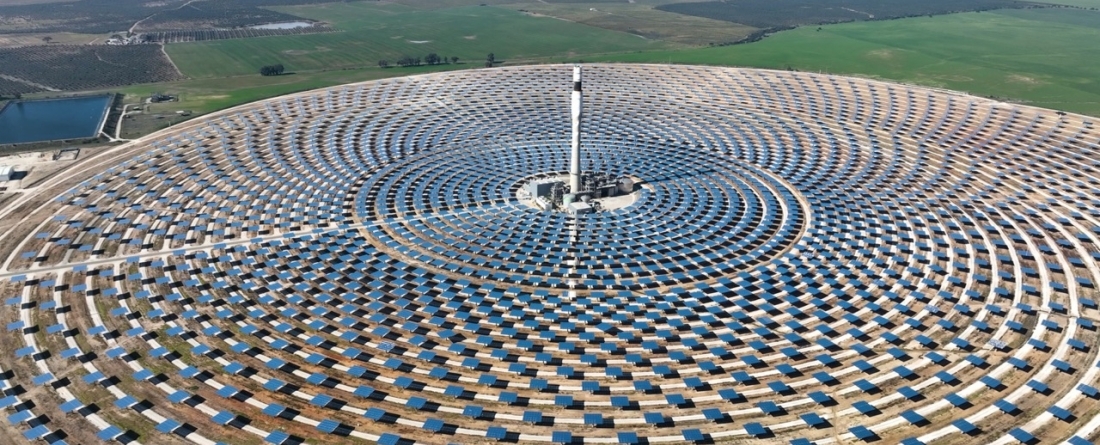
Zhao, A., O’Keefe, K., Squire, C., Ordonez Olazabal, K., Bryant, A., Dahl, C., Cui, R., & Hultman, N. (2025). "Advancing U.S. Climate Action under Federal Policy Rollbacks." America Is All In and the Center for Global Sustainability at the University of Maryland. 4 pp.
- Strong non-federal leadership has the potential to counteract much of federal inaction or rollbacks, as highlighted in a recent CGS analysis. Under enhanced non-federal actions and varying levels of federal climate policy rollbacks or inaction, the United States could achieve 54-62% emissions reductions by 2035, making it possible to achieve the 2035 U.S. NDC.
- However, if the U.S. federal government rolls back key climate regulations and legislation, the United States would only achieve 33-43% GHG emissions reductions relative to 2005 levels by 2035, assuming non-federal actors continue to implement, but do not strengthen, existing policies.
Following the White House announcement that the United States will again withdraw from the Paris Agreement and roll back other important U.S. climate policies, America is All In and the Center for Global Sustainability issued an analysis that finds if the U.S. federal government rolls back key climate regulations and legislation, the United States would only achieve 33-43% GHG emissions reductions relative to 2005 levels by 2035. However, enhanced and strong non-federal leadership has the potential to largely counteract federal inaction and rollbacks and can help the United States achieve 54-62% emissions reductions by 2035, making it possible to achieve the Biden administration’s 2035 U.S. NDC (the nationally determined contributions required under the Paris Agreement).
